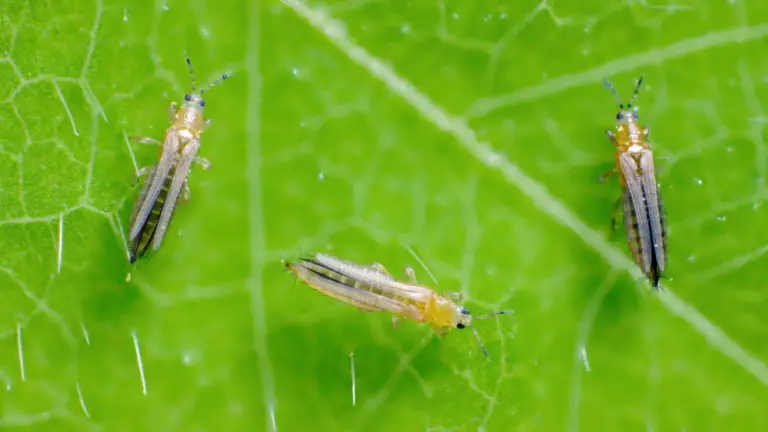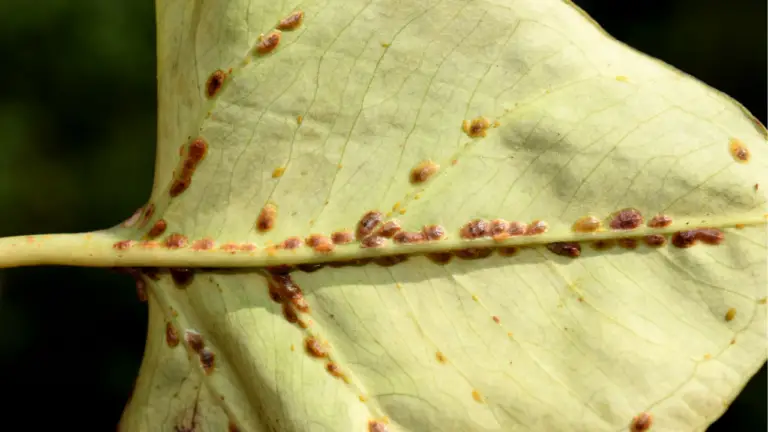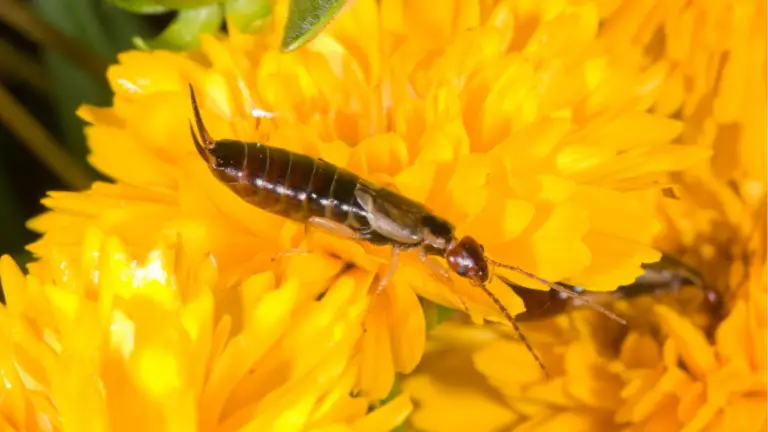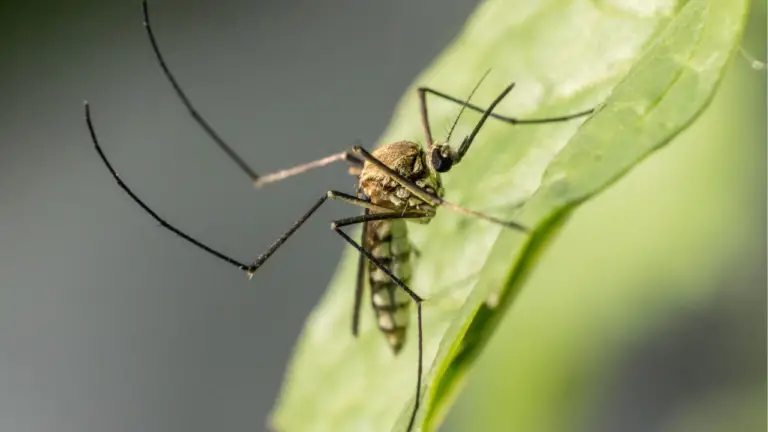10 Ways To Get Rid Bed Bugs

Bed bugs are small, elusive pests that can cause significant discomfort and anxiety. They are notorious for infesting homes, hotels, and even public transportation. These insects feed on human blood, typically at night, and can leave behind itchy, red welts. Despite their tiny size, bed bugs are resilient and can be challenging to eliminate. This article will discuss effective methods to get rid of bed bugs, including both natural and synthetic products that can help in managing and eradicating these pests.
How to Get Rid of Bed Bugs
1. Diatomaceous Earth
Diatomaceous earth is a natural powder made from the fossilized remains of tiny aquatic organisms called diatoms. This powder is safe for humans and pets but deadly to bed bugs. When bed bugs come into contact with diatomaceous earth, it absorbs the oils and fats from their exoskeletons, causing them to dehydrate and die.
To use diatomaceous earth, sprinkle a thin layer around the perimeter of each room, paying special attention to cracks, crevices, and other hiding spots. It’s important to leave the powder undisturbed for several days to ensure that it effectively kills the bed bugs. Reapply as necessary until the infestation is under control. Vacuum the area thoroughly after treatment to remove any dead bugs and powder.
2. Heat Treatment
Heat treatment is a highly effective method for killing bed bugs. Bed bugs cannot survive at temperatures above 120°F (49°C), so exposing them to high heat can eradicate an infestation. Professional pest control companies often use specialized equipment to heat entire rooms or buildings to the necessary temperature.
For a DIY approach, you can use a steam cleaner to treat mattresses, box springs, bed frames, and other furniture. Additionally, laundering infested clothing and bedding in hot water and drying them on the highest heat setting can help eliminate bed bugs. It is crucial to ensure that the treated items reach and maintain the target temperature for a sufficient amount of time to ensure complete extermination.
3. Essential Oils
Certain essential oils, such as tea tree oil, lavender oil, and eucalyptus oil, have insecticidal properties that can help repel and kill bed bugs. These oils can be used in various ways to treat and prevent infestations.
To use essential oils, mix a few drops with water in a spray bottle and apply the solution to areas where bed bugs are likely to hide, such as mattress seams, bed frames, and furniture joints. Essential oils can also be added to laundry detergent when washing infested items. While essential oils are not as effective as some synthetic pesticides, they can be a useful component of an integrated pest management strategy.
4. Encasements
Mattress and box spring encasements are protective covers designed to trap bed bugs and prevent them from escaping. These encasements can be an effective part of a comprehensive bed bug control plan, especially when used in conjunction with other treatment methods.
Encasements work by sealing off any existing bed bugs inside the mattress or box spring, eventually starving them. They also protect against new infestations by creating a barrier that bed bugs cannot penetrate. When selecting encasements, choose products specifically designed for bed bug control and ensure they fully encase the mattress and box spring without any gaps or tears.
5. Insecticide Sprays
Insecticide sprays are one of the most common and widely used methods for controlling bed bugs. There are many different formulations available, including those containing pyrethroids, neonicotinoids, and other active ingredients. These sprays can be applied directly to bed bug hiding places to kill on contact.
When using insecticide sprays, it is essential to follow the manufacturer’s instructions carefully to ensure safety and effectiveness. Treat all potential bed bug hiding spots, including cracks and crevices, baseboards, and furniture. Repeated treatments may be necessary to eliminate the entire population, especially if eggs are present that can hatch later.
6. Bed Bug Traps
Bed bug traps can be used both to monitor and reduce bed bug populations. There are various types of traps available, including those that use glue, CO2, or heat to attract and capture bed bugs. These traps can help identify the presence of bed bugs and can be placed under bed legs and around the perimeter of rooms.
Using bed bug traps is straightforward: place them in strategic locations where bed bugs are likely to travel. Check the traps regularly and dispose of any trapped bugs. While traps alone will not eliminate an infestation, they can be a valuable tool for assessing the severity of the problem and for reducing the number of bugs over time.
7. Steam Cleaners
Steam cleaners can be an effective tool for killing bed bugs and their eggs. The high temperature of the steam penetrates deep into fabrics, cracks, and crevices, killing bed bugs on contact. This method is chemical-free and can be used on a variety of surfaces, including mattresses, upholstered furniture, and carpets.
To use a steam cleaner, fill it with water and allow it to heat to the appropriate temperature. Slowly pass the steam wand over infested areas, making sure to cover all potential hiding spots. Move the steam cleaner slowly to ensure that the heat penetrates thoroughly. Be careful not to use the steam cleaner on surfaces that could be damaged by heat or moisture.
8. Vacuuming
Regular vacuuming is a crucial step in bed bug control. Vacuuming helps remove bed bugs, their eggs, and debris from infested areas, reducing the overall population. It is especially effective when combined with other treatment methods.
When vacuuming for bed bugs, use a vacuum with a high-efficiency particulate air (HEPA) filter to trap even the smallest particles. Pay special attention to seams, edges, and cracks where bed bugs are likely to hide. After vacuuming, immediately seal the vacuum bag in a plastic bag and dispose of it outside to prevent reinfestation. Clean and inspect the vacuum thoroughly before using it again.
9. Freezing
Bed bugs cannot survive prolonged exposure to temperatures below 0°F (-18°C). Freezing infested items can be an effective way to kill bed bugs without using chemicals. This method is particularly useful for delicate items that cannot be washed or heat-treated.
To freeze items, place them in a sealed plastic bag and put them in the freezer for at least four days. Ensure that the freezer maintains a constant temperature of 0°F or lower. After the freezing period, remove the items from the freezer and inspect them for any remaining signs of bed bugs. This method can be used for clothing, shoes, books, and other household items.
10. Professional Pest Control
Sometimes, a severe bed bug infestation requires the expertise of a professional pest control company. Professionals have access to specialized equipment and treatments that are not available to the general public. They can provide a thorough inspection, identify all infested areas, and develop a comprehensive treatment plan.
Professional treatments may include heat treatment, chemical treatments, and integrated pest management strategies. Hiring a professional can be more expensive than DIY methods, but it can be the most effective way to completely eliminate a bed bug infestation. When choosing a pest control company, look for one with experience in bed bug control and positive customer reviews.






